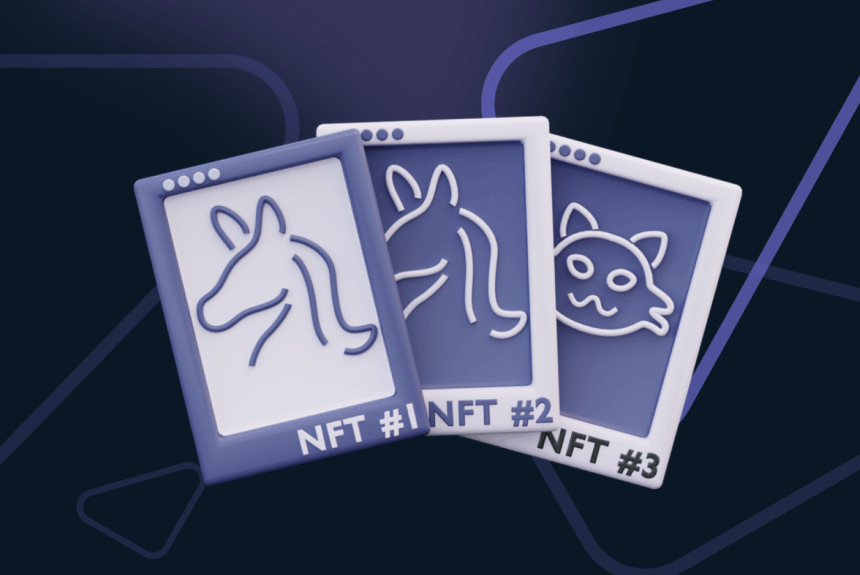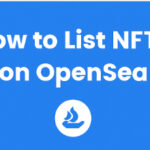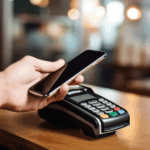In this article, I explain how to set up an NFT drop step by step. From planning your collection to blockchain selection, NFT minting, smart contract deployment, and drop marketing, this guide provides steps for every process.
No matter if you are a beginner or an experienced creator, you will learn how to safely and successfully NFT your drop.
What is NFT Drop?
An NFT drop entails the intentional release of non-fungible tokens (NFTs) to the public within a specified timeframe and quantity. This is designed to create a buzz and incite demand and community participation. NFTs are distinguished digital assets.
NFTs are embedded on a digital blockchain. An NFT can serve as a certificate of ownership of digital art, collectibles, music, virtual real estate, and other digital content. NFTs are unique and notably different from traditional digital files because they are limited in quantity and can, therefore, command a price on digital marketplaces.
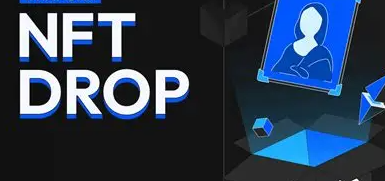
An NFT drop is a marketing campaign designed to sell a collection of NFTs that have a set launch date which is advertised to potential buyers. For registrations, some drops are public, while some are whitelist, and the rest are private.
The execution of most drops integrates smart contracts as a means to guarantee transactional automation and the enforcement of rules. The digital asset’s quality and the uniqueness of the planned marketing and community engagement directly impacting the success of the drop is an underlying paradox of the collectibles market.
How to Set Up an NFT Drop
Example: NFT Drop for a Digital Art Collection
Step 1: Define Your Goals
Identify the rationale for the NFT drop. To illustrate, your aim might be to sell 100 unique digital artworks, create an artistic community, and collect royalties on secondary sales.
Step 2: Choose a Blockchain Platform
Pick a blockchain for your NFTs. Ethereum is the standard, while Solana and Polygon are more affordable regarding gas fees. For this case, we will go with Ethereum.
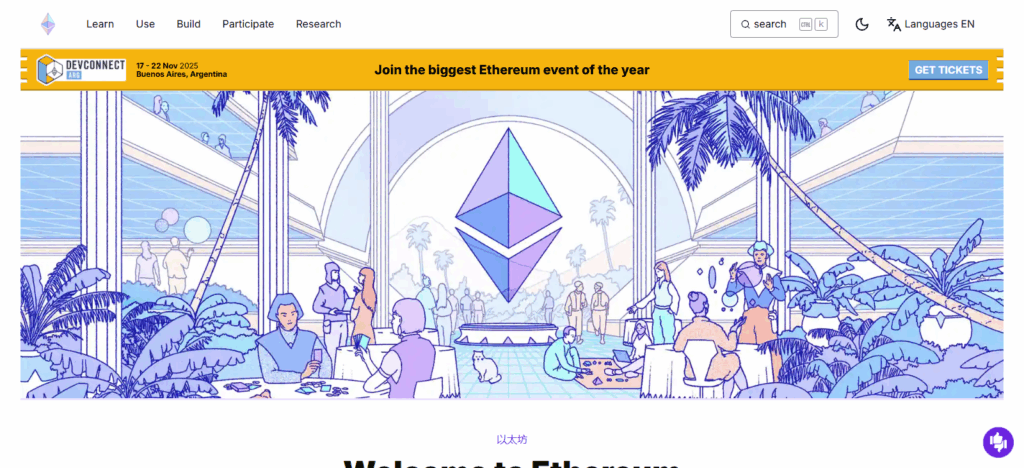
Step 3: Create Your NFT Collection
Construct the digital artwork pieces. You can produce 100 unique digital illustrations with different traits (colors, patterns, and figures). Photoshop, Procreate, and generative art programs will be of use.
Step 4: Prepare Metadata
Every NFT should contain metadata (name, description, traits, image link). Metadata is what makes your NFT unique and helps to present it correctly on an NFT marketplace.
Step 5: Deploy a Contract
Let a contract handle the NFT sale, control the supply, and set royalties. You can use OpenSea or Mintable and set it up without coding, or get a developer for a specialized contract.
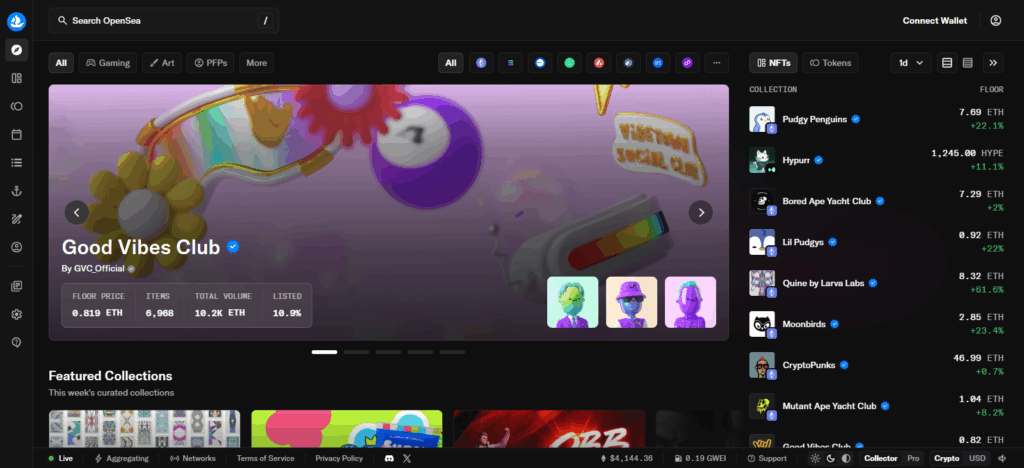
Step 6: Build Your Audience
Engage your potential customers via a Discord server or a Twitter account. Leading up to your launch, show sneak peeks, behind-the-scenes looks, and other teasers to create excitement.
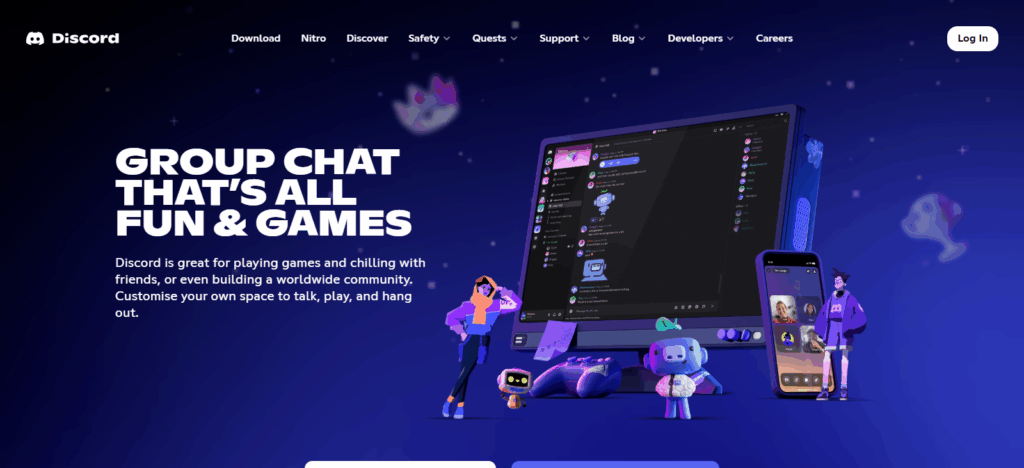
Step 7: Prepare the NFT Drop
Choose a sale type:
- Public Sale: Anyone can mint.
- Whitelist Sale: Only certain community members can mint early.
Pick a date and time, and create your minting page on OpenSea or Rarible.
Step 8: Open and Oversee
Now you drop the NFTs. Ensure the wallets can accept funds and track the site to block any bot activity.
Step 9: Post-Drop Communication
After the Drop, continue to interact with buyers. Let them know about secondary sales, new updates on the NFTs, and keep the community engaged.
Step 10: Assess and Plan the Next Drop
Look at the sold NFTs, revenue, and how the community grew to analyze how to improve your next drop.
Why Use NFT Drop
Generating Hype: NFT drops allow for promotion to create anticipation, buzz, and excitement for potential customers to quickly snap up your NFT.
Limited Supply Scarcity: Each drop can help you create an artificial scarcity by limiting access to certain NFTs.
Community Building: NFT drops help you directly engage with customers, fans, and collectors, creating a positive feedback and solicitation loop.
Digital Monetization: NFT drops allow you to quickly monetize your digital art, music, and other digital collectibles or creations.
Royalties and Ownership: Smart contracts automate and guarantee the tracking of ownership and royalties thanks to blockchain technology.
Brand and Marketing Growth: An NFT drop will improve your or your brand’s reputation and visibility and industrial credibility while providing a direct focal point for marketing.
Digital Assets Experimentation: With NFT drops, the experimentation can be with generative art, digital real estate, or other interactive digital experiences.
Early Promotion: NFT drops help to directly attract early supporters, who can market the project and create positive swag.
Tips For Safe NFT Drop
Use Trusted Blockchain Platforms
Selecting systems like Ethereum, Solana, Polygon, and marketplaces such as OpenSea and Rarible are a great place to start.
Verify Smart Contracts
In some scenarios, you will have to check to see if some smart contracts have been audited or if they have verified templates.
Secure Your Wallets
NVest in hardware wallets or even secure digital wallets that have two-factor authentication to store your NFTs and more.
Protect Against Bots
Spend some development resources to put in place some anti-bot rules to stop some smart contracts being used to mint NFTs.
Avoid Phishing Scams
If some folks are minting NFTs, make sure that they or their users do not give private keys, seed phrases, or any sensitive data.
Plan for Gas Fees
There is no guaranteed way to NOT lose the funds or NFTs you have spent gas to divide if the gas fees are not planned.
Use Reputable NFT Tools
Choose trusted NFT management tools, if you do not in your developmental pipeline, you will have malware or a fraud.
Educate Your Community
Scams lose value, and that is why education helps the value be kept if they are taught about safe minting.
Backup Your Metadata
NFT metadata needs to requently be backed up to ensure that the digital assets are not lost, and that they are not easy to tamper with.
Check Everything Before Going Live
Make sure to do a small test mint to check if the smart contracts, minting page, and wallet connect integrations function without a hitch.
Risk & Limitations
Market Psychology and Sentiment
Wild fluctuations in the value of NFTs means the assets could lose favorable value post launch.
Expensive Gas Fees
During congestion, Ethereum and rival chains minting and transferring NFTs becomes economically unfriendly.
Tech Related Issues
Down smart contracts, failed transactions or platform frozen states can cause bigger drops.
Weak Security
Hacks, phishing, and bots can attack unguarded NFT drops and properly NFT misplaced and unguarded tactics will lead to losses.
Limited Audience Reach
Lower probable buyers in blockchain surrounding technology NFT markets compared to more conventional buyers.
Regulatory Chaos
Sales and ownership of NFT, digital valuables, and crypto currencies will be impacted by fences and the still evolving ownership laws.
Energy Waste
There are chains in the NFT blockchain world that pose considerable environmental and ethical consequences.
Community Discipline
Bots, plans and chains will harm the misplaced NFT’s standing and reputation from the NFT misplaced.
Illiquidity
Illiquid NFTs, in a misplaced NFT sets NFTs could be unsellable or the secondary markets unactive from the misplaced planning.
Copyrighted Material
Burdens and disputes will follow the unguarded or unclear ownership of the NFT.
Common Mistakes to Avoid
Skipping Smart Contract Audits: Smart Contracts transactions are secured and irreversible. Thus, auditing smart contracts should be meticulously conducted, or users could lose money and trust.
Poor Community Engagement: Under communicating with your audience before and after the drop provides nothing from which to build hype and produces a detrimental atmosphere of trust and potential revenue.
Overpricing or Underpricing NFTs: Price your NFTs appropriately; a price set too high may deter collectors, or set too low, and you will devalue your work.
Neglecting Marketing: Whenever you don’t promote your NFT drop, you are guaranteed low visibility and weak demand.
Not Planning Supply and Rarity: Rarity considered and random or excessive supply will devalue and ultimately lessen the perceived value.
Ignoring Gas FeesBuyers are turned away or your profits are diminished with high minting fees.
Using Unverified Platforms or Tools: An untrusting, suspicious, or vilified tool or platform will most certainly be a scam or break.
Lack of Post-Drop Strategy: Long-term success is destroyed by unengaged buyers and absent plans for secondary sales.
Copying Existing NFT Projects: Credibility is lost and legal action will be taken by imitating a popular NFT collection.
Neglecting Legal and IP Concerns: Difficulty in securing your copyrights or trademarks may lead to your digital assets arguing.
Pros & Cons
| Pros | Cons |
|---|---|
| Generate Hype and Excitement – Creates anticipation and buzz around your NFTs. | Market Volatility – NFT prices can fluctuate rapidly after the drop. |
| Limited Supply Creates Scarcity – Increases perceived value and demand. | High Gas Fees – Minting and transactions can be expensive, especially on Ethereum. |
| Monetize Digital Creations – Directly sell digital art, music, or collectibles. | Technical Issues – Smart contract errors or platform downtime can disrupt the drop. |
| Automated Royalties – Smart contracts ensure you earn from secondary sales. | Security Risks – Vulnerable to hacks, bots, and phishing attacks if not secured. |
| Community Building – Engage with fans and build a loyal following. | Limited Audience – Buyers need blockchain knowledge, limiting reach. |
| Marketing & Brand Growth – Boosts visibility and reputation for creators. | Regulatory Uncertainty – Laws around NFTs and cryptocurrencies are evolving. |
| Experiment with Innovation – Test new digital formats and creative ideas. | Environmental Concerns – Some blockchains have high energy consumption. |
Conclusion
An NFT drop can highlight your digital work, build engagement, and make some earnings as well. Planning your collection, choosing the right blockchain, and securing contracts, while promoting the drop, can help maximize any visibility and purchases.
Understand the risks; market volatility, security issues, and high gas fees. All can be given some countermeasures. So prepare, market, and build the community. An NFT drop can be a digital milestone, but more importantly, it can lead to other digital opportunities.
FAQ
Which blockchain should I use for my NFT drop?
Popular blockchains include Ethereum, Solana, and Polygon. Ethereum is widely used, Solana and Polygon are cheaper and faster.
How do I create my NFT collection?
Design digital art, music, or collectibles and attach metadata (name, description, traits). You can use design software or generative art tools.
What is a smart contract, and do I need one?
A smart contract is code on the blockchain that manages NFT ownership, minting, and royalties. Yes, it’s essential for automating sales and enforcing rules.


